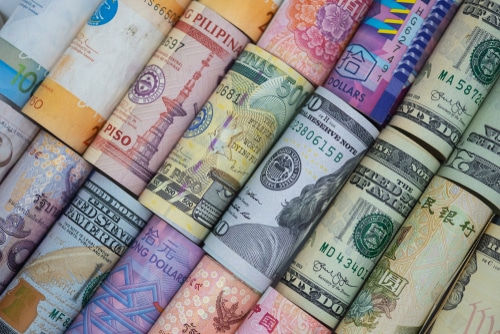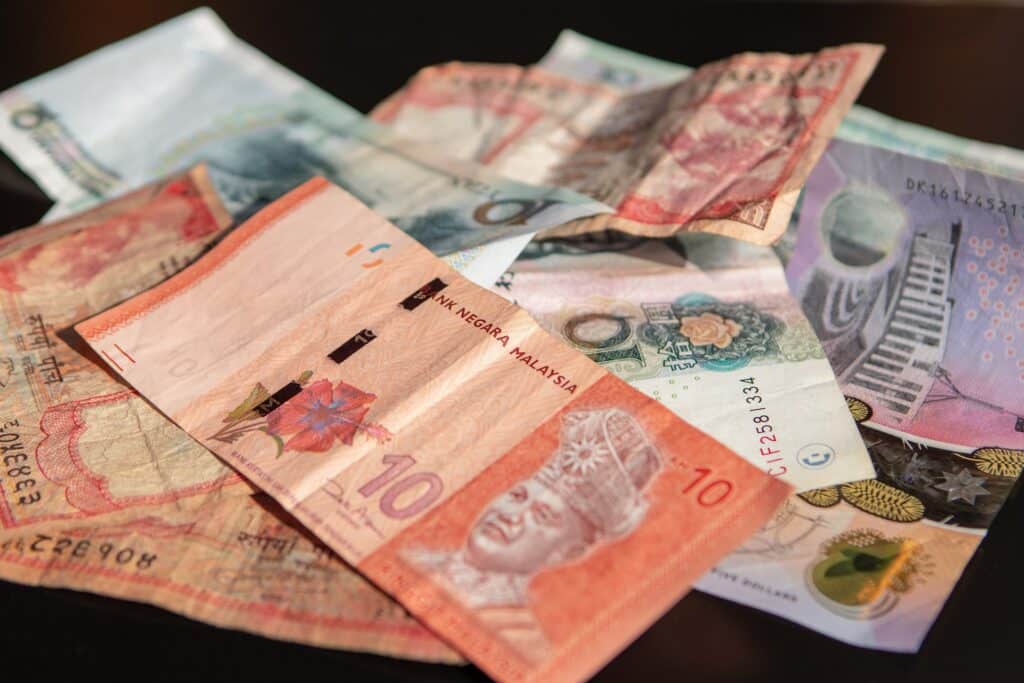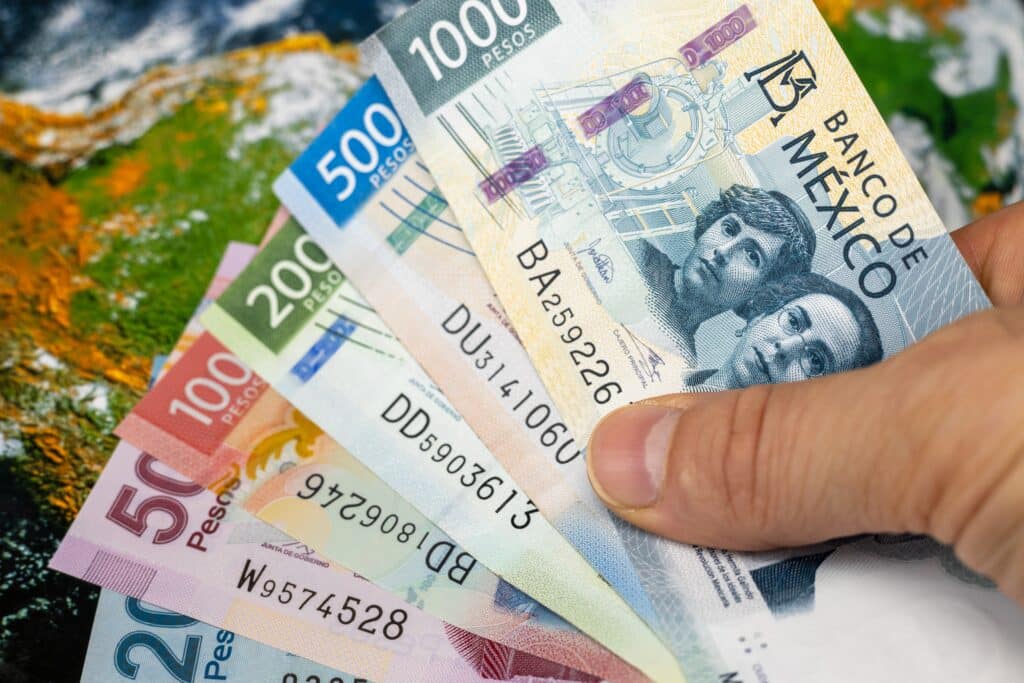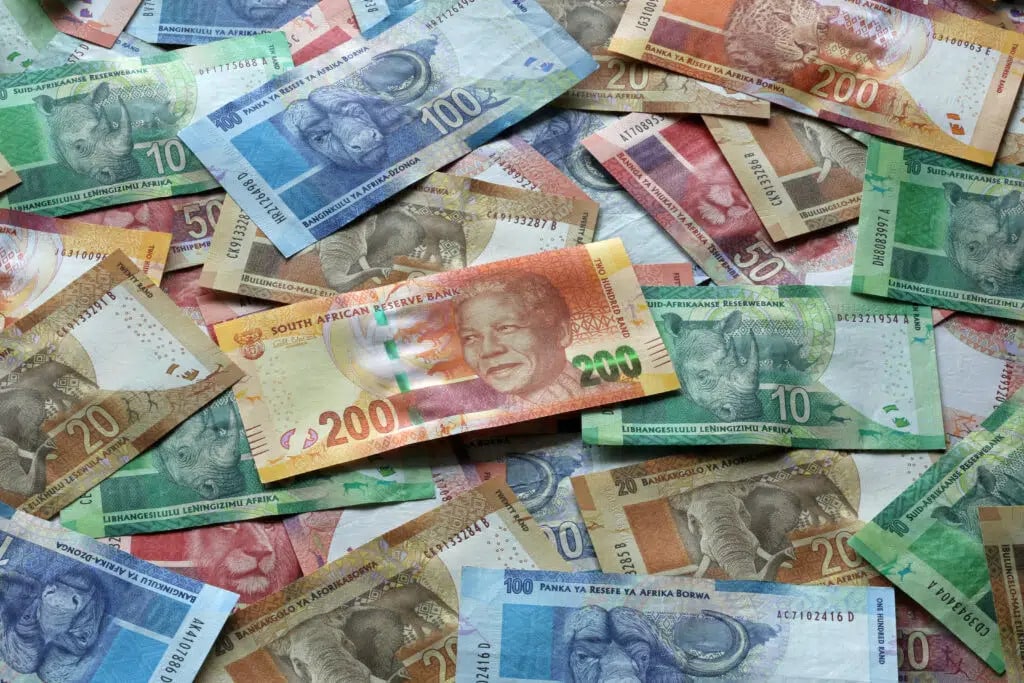Currency is more than just a symbol or something we use to buy things. It shows us the story of a nation. A country put their history, culture, and dreams on it. The money from different places has bright colors and special designs. A lot of these notes become art, showing what makes that country different from others. In this new guide, we will go through 19 of the most beautiful currencies from all over the world. Each one lets us see some part of the country and what makes its people special.
19 Most Beautiful World Currencies [2025 Edition]
1. Brazilian Real (BRL)

The Brazilian real shows the Efígie da República on one side. This image is a person who stands for the nation. On the other side, you can find pictures of native animals like the jaguar and the golden lion tamarin. The most recent set of notes also has the maned wolf. This highlights the rich mix of animals in Brazil.
2. Ugandan Shilling (UGX)
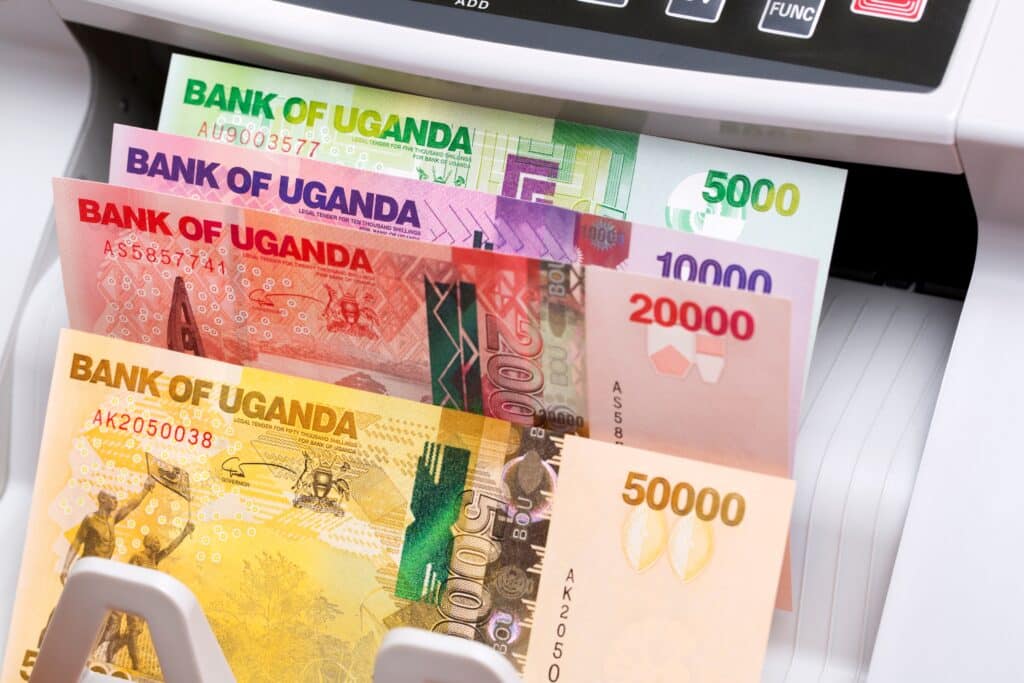
Uganda’s banknotes show the country’s culture and well-known places. You can see pictures like the Nile River and the Independence Monument on them. These pictures tell the story of Uganda and how the people feel proud of their nation.
3. Malaysian Ringgit (MYR)
Malaysia’s ringgit notes show the country’s goals for the future. The themes on these notes are things like new energy sources, farming, and better technology. These ideas show what Malaysia wants to be and how it wants to grow in the coming years.
4. Mexican Peso (MXN)
The new Mexican peso series shows respect for the nation’s history and nature. It features people like Benito Juárez. It also shows views from places such as the Biosphere Reserve of El Vizcaíno.
5. South African Rand (ZAR)
South Africa’s rand notes show the Big Five animals. These are the lion, leopard, elephant, rhinoceros, and buffalo. The notes celebrate the country’s wildlife and its effort to help keep animals safe.
6. Argentina Peso (ARS)
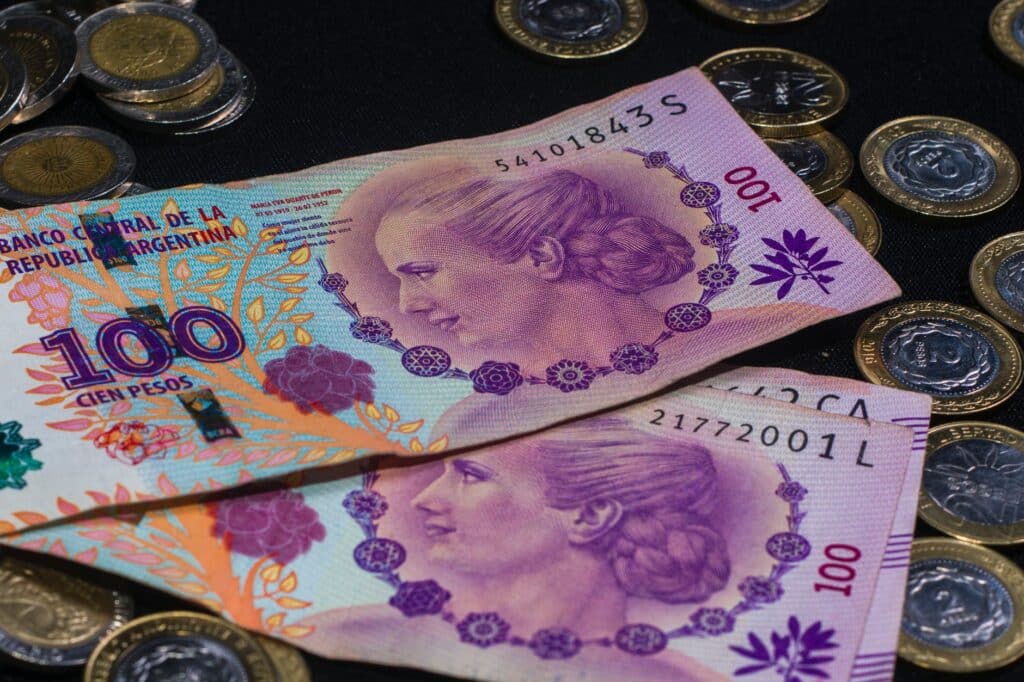
Argentina’s banknotes show local animals and scenes from nature. The notes use up-and-down designs that catch the eye. They help show the rich nature and art style of the country.
7. Indian Rupee (INR)

India’s bright rupee notes show pictures of Mahatma Gandhi. They also have images like the Sun Temple. This shows the country’s long history and deep culture.
8. Nigerian Naira (NGN)
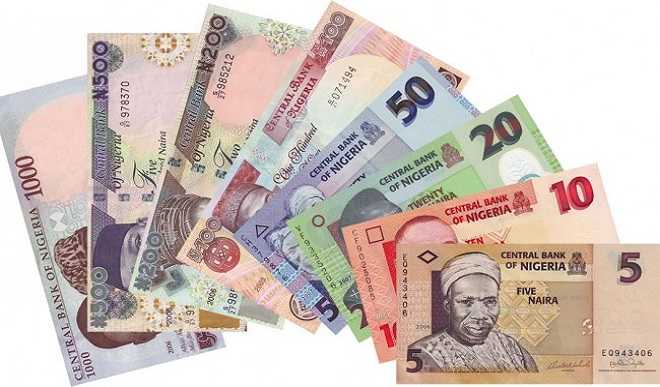
The Nigerian naira shows pictures of important people in Nigeria and symbols of the country’s farming strength. You can see things like peanuts and palm trees on it. These images show what Nigeria has, and what people there have done.
9. Canadian Dollar (CAD)
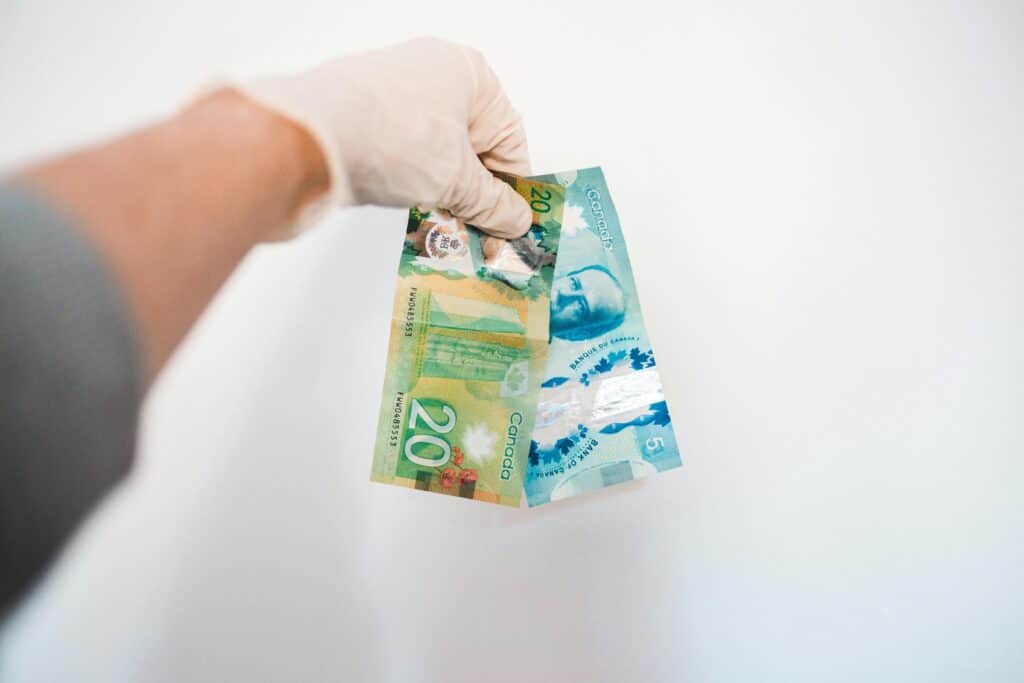
Canada’s plastic banknotes are known to last a long time. They have bright and colorful designs. On them, you can see people like Viola Desmond. They also show places like the Canadian Museum for Human Rights.
10. Swiss Franc (CHF)
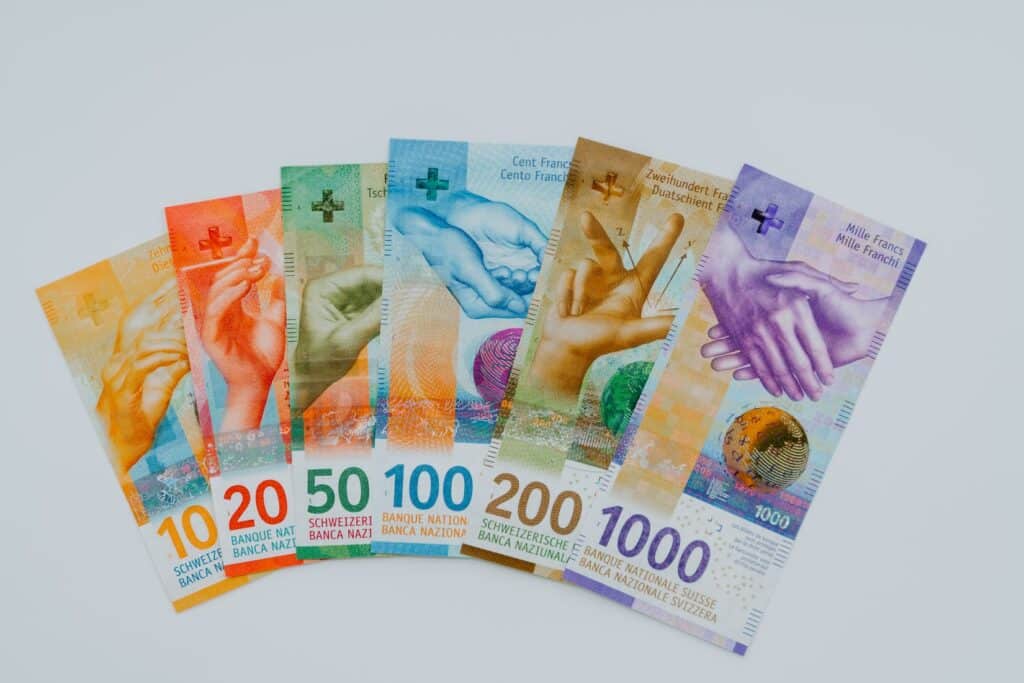
Switzerland’s franc notes are seen as some of the most artistic in the world. They show themes such as time and light. There are many small details in the design. The notes also have strong security features.
11. Honduran Lempira (HNL)
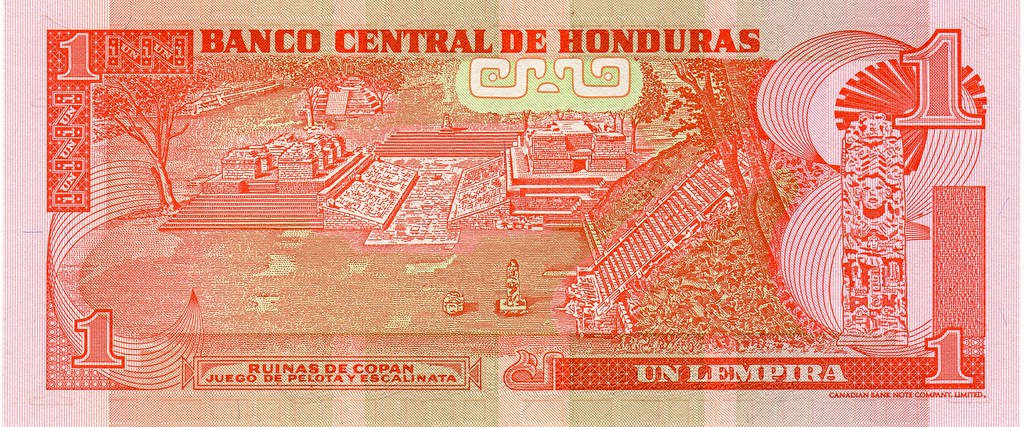
The Honduran lempira is a way to honor national heroes and important places, like the Mayan ruins at Copán. These symbols help people remember Honduras’s long past and the history of its native people.
12. Australian Dollar (AUD)
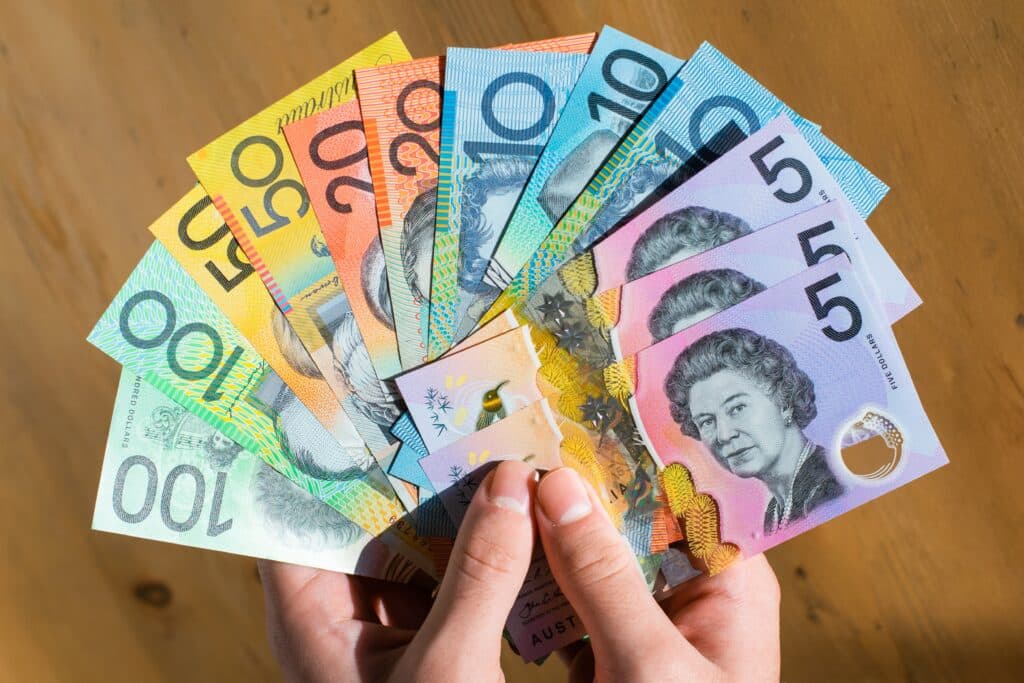
Australia’s polymer banknotes show some of the country’s famous people and local plants and animals. They have bright colors and use the latest security features.
13. New Zealand Dollar (NZD)
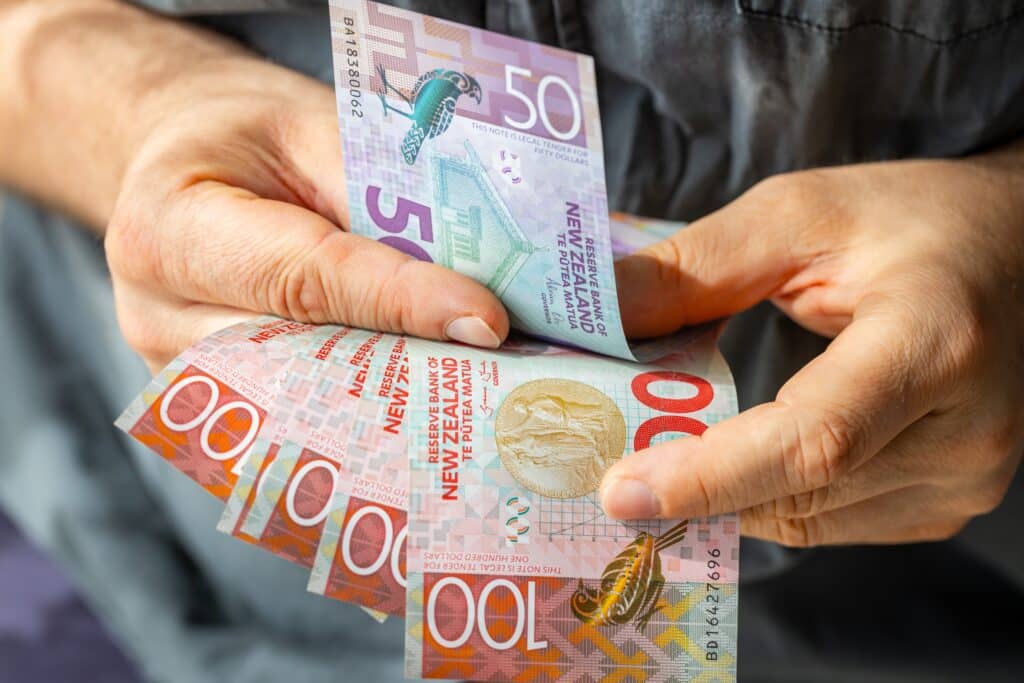
New Zealand’s banknotes show important people like Sir Edmund Hillary and its unique animals. These banknotes highlight the country’s great nature and big things that people here have done.
14. Euro (EUR)

The Euro, symbolizing unity across Europe, is more than just a currency—it’s a reflection of the continent’s shared heritage. Each banknote represents a different era of European architecture, from classical columns to modern bridges, embodying Europe’s rich cultural diversity.
The Euro also incorporates advanced security features like holograms and watermarks, ensuring its place as a secure and widely respected currency. The design of the Euro is both functional and a testament to the beauty of European collaboration.
15. Maldivian Rufiyaa (MVR)
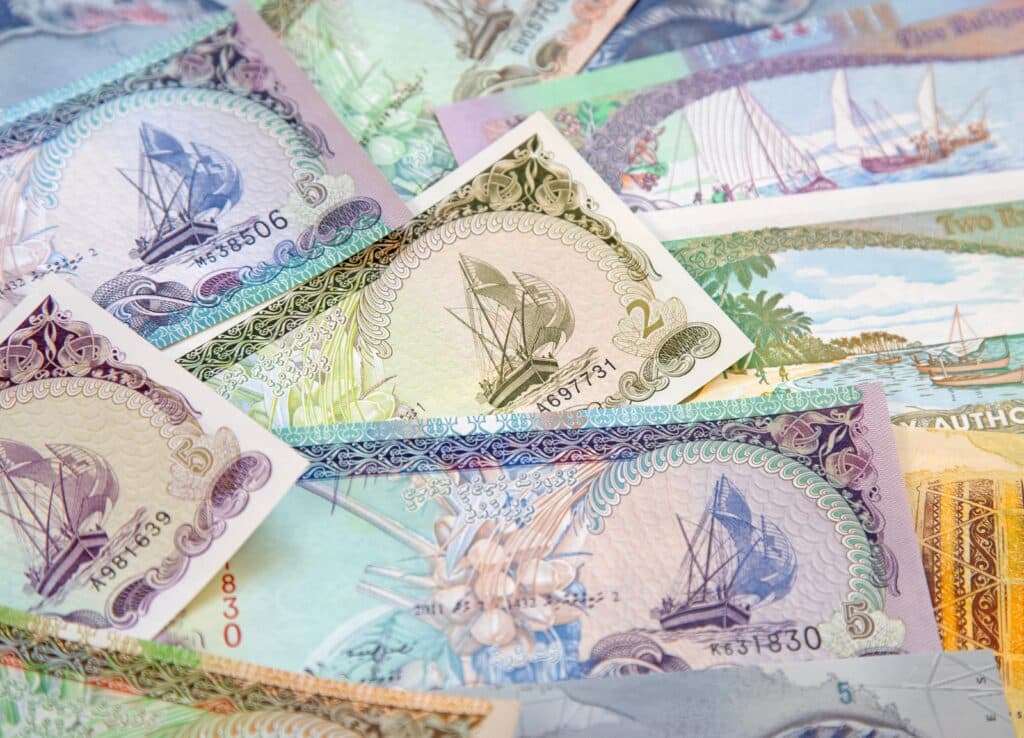
The rufiyaa shows sea life and old customs, showing what makes the Maldives’ islands and way of life special.
16. Icelandic Króna (ISK)
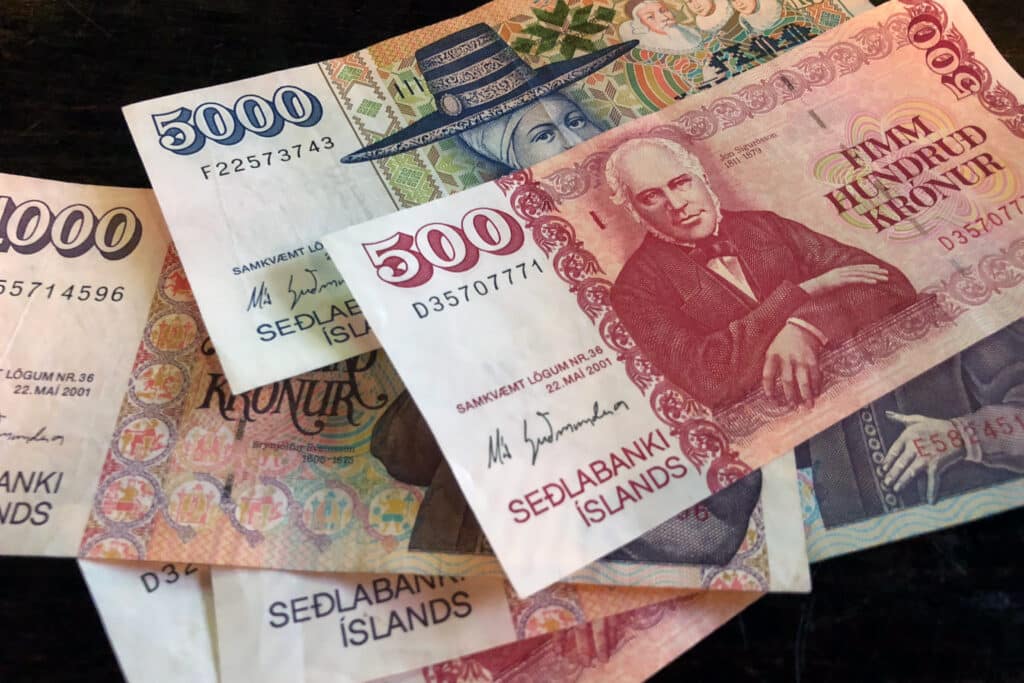
Iceland’s banknotes show pictures of important people from the past and beautiful views of the land. These notes tell us a lot about the nation’s past and the amazing places found there.
17. Cook Islands Dollar (CKD)
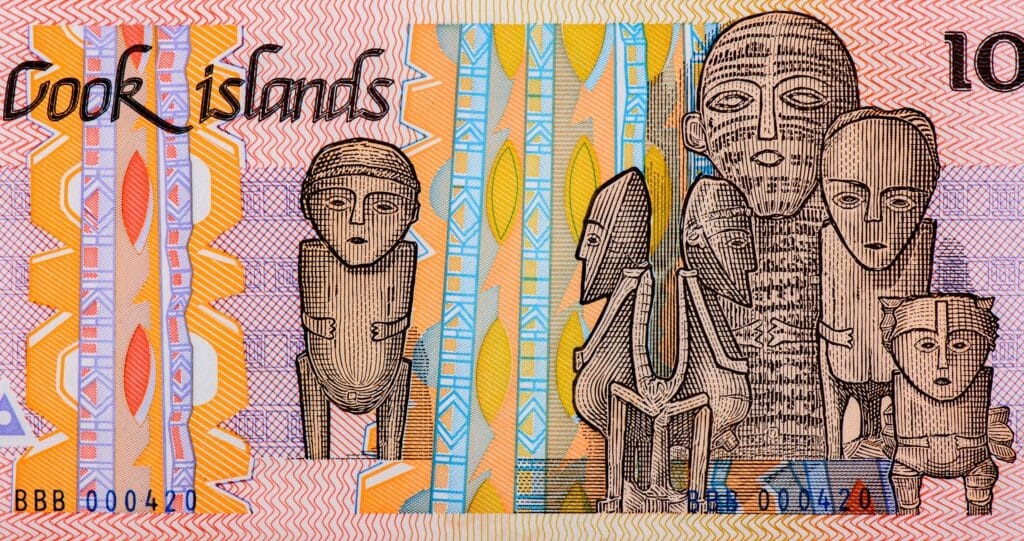
The banknotes from the Cook Islands show the culture and stories of Polynesia. People who collect banknotes find them special and enjoy having them.
18. Hong Kong Dollar (HKD)
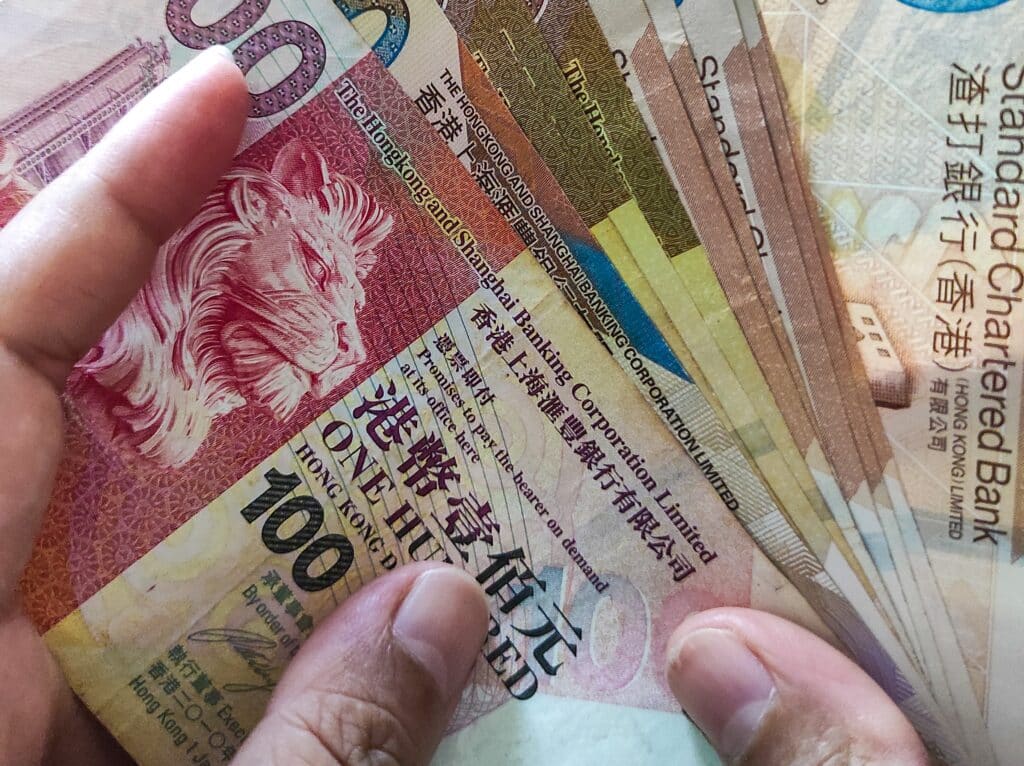
Hong Kong’s notes come from several banks. They show both modern and old-style images. This mix shows the city’s lively character.
19. Costa Rica Colón (CRC)
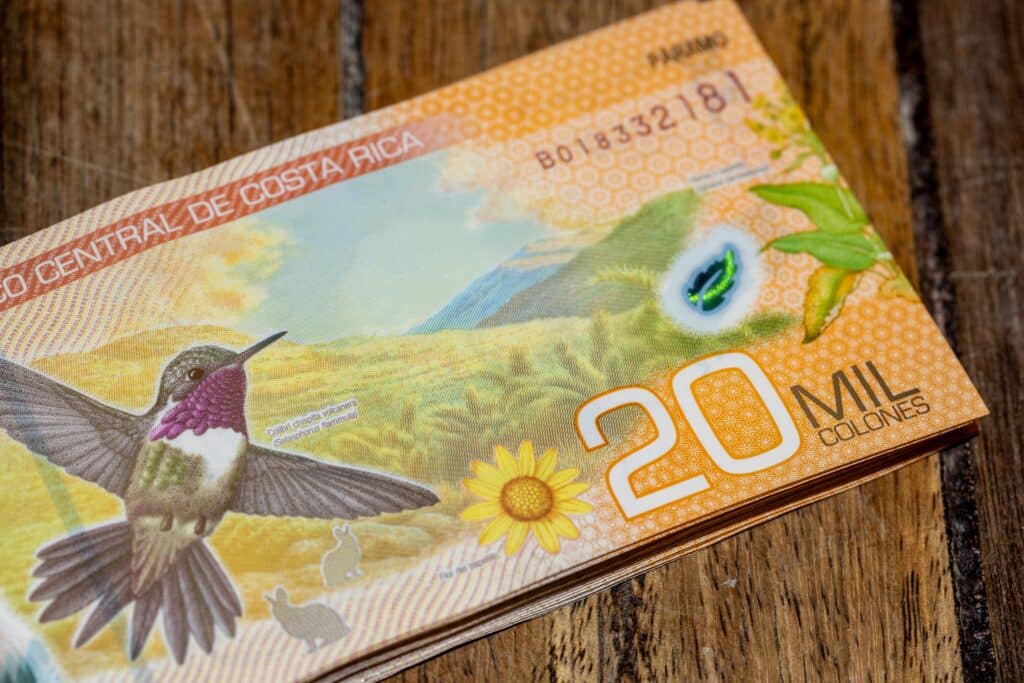
Costa Rica’s bright banknotes show off the country’s plants and animals. You can see native animals and their homes on them. This shows the country’s strong promise to help the environment.
How Are Banknotes Ranked?
The International Bank Note Society (IBNS) annually honors an outstanding banknote among the world’s paper money offerings. Known as the “Banknote of the Year” award, it goes to a banknote that demonstrates exceptional design, artistic merit, and advanced security features. The selection process involves nominations from IBNS members, who propose notes that are in general circulation and not merely specimen or collector items.
IBNS members vote on the nominated banknotes, evaluating them based on criteria such as color, design balance, thematic execution, and the integration of security features. The winning banknote is then recognized for setting a benchmark in currency design. The IBNS award showcases the global evolution of currency design, where artistic expression meets technological innovation to produce secure, functional, and aesthetically pleasing banknotes.
Frequently Asked Questions (FAQs)
What makes a banknote “beautiful”?
A beautiful banknote mixes nice design, culture, and top security features. It tells us about the nation’s identity and what people there value.
Why are polymer banknotes popular?
Polymer banknotes last a long time. They do not get damaged by water and dirt. The notes have special security features. This makes them good to use and keeps them safe.
How are Banknote of the Year winners chosen?
The International Bank Note Society looks at new banknotes to see how they look, how they are designed, and the security features they use. It picks the one banknote that best shows all these good qualities.
